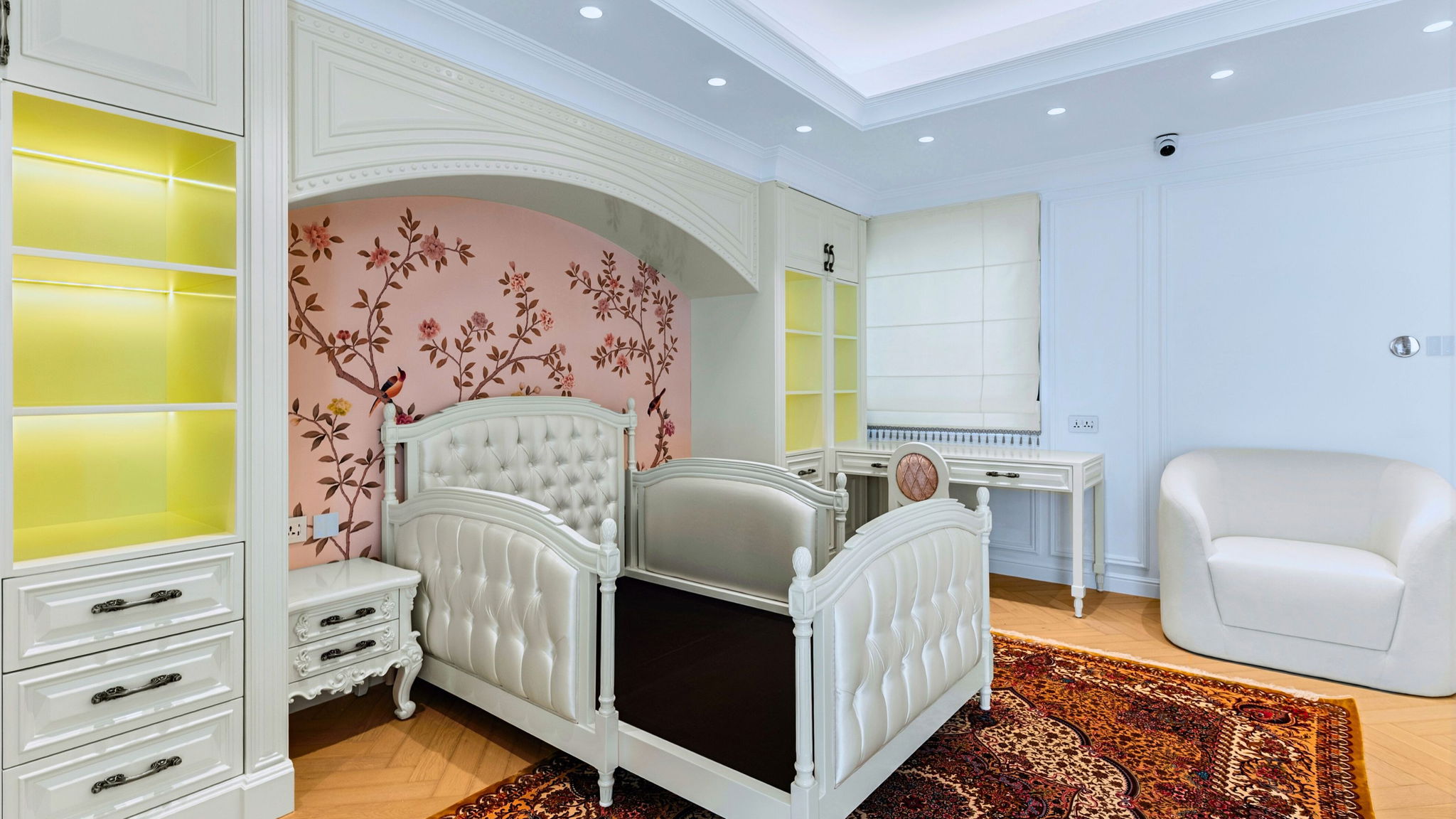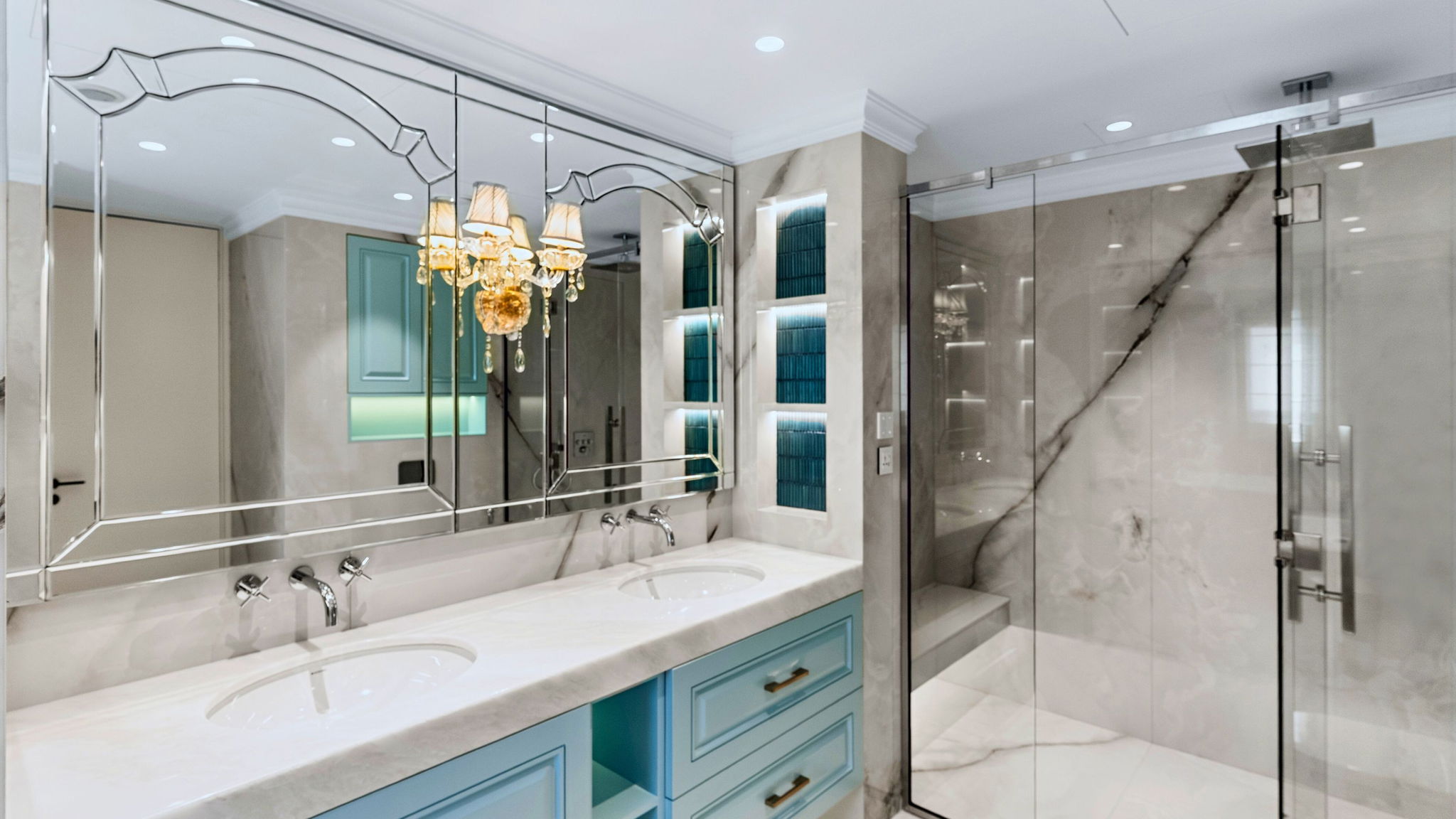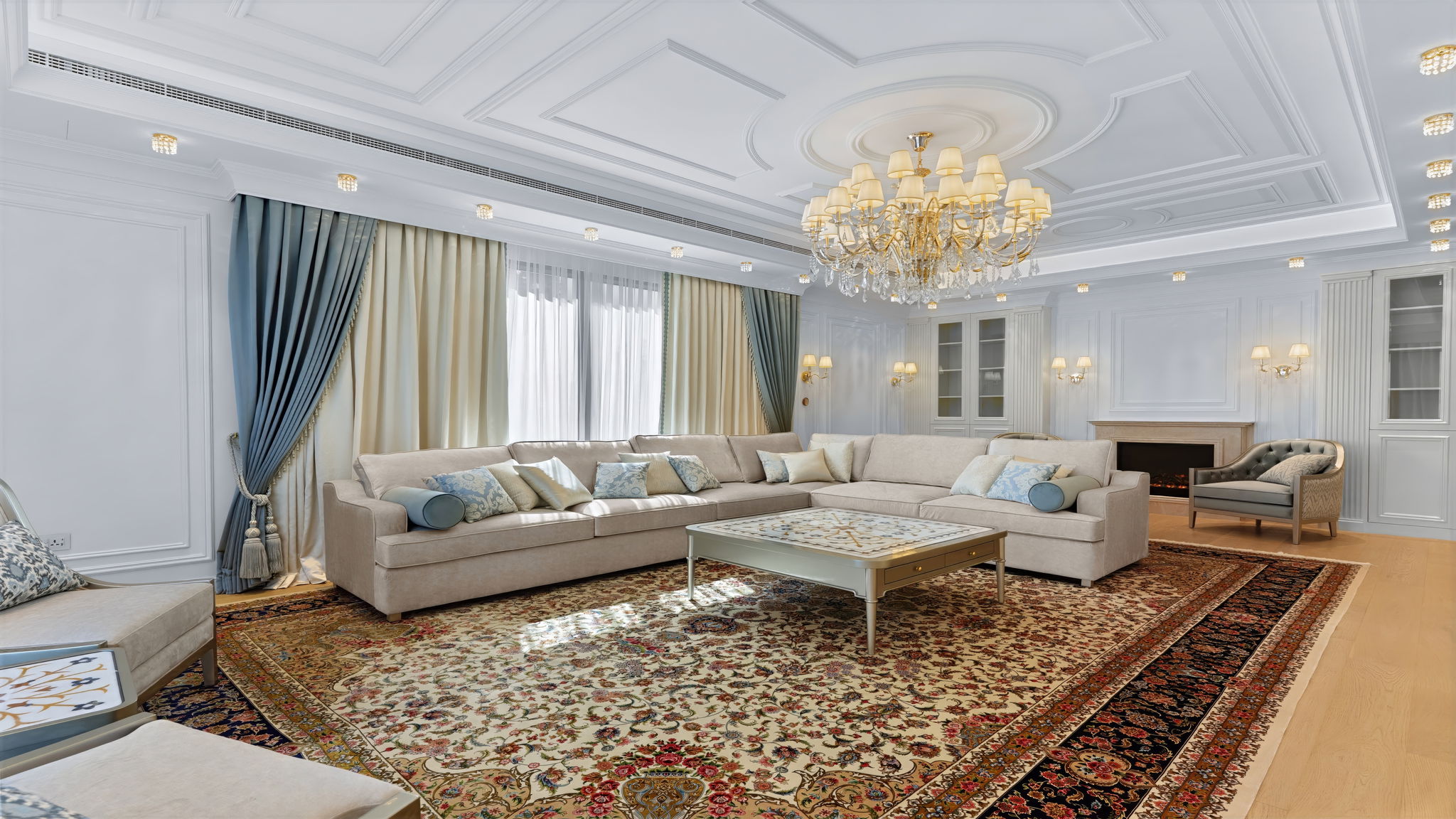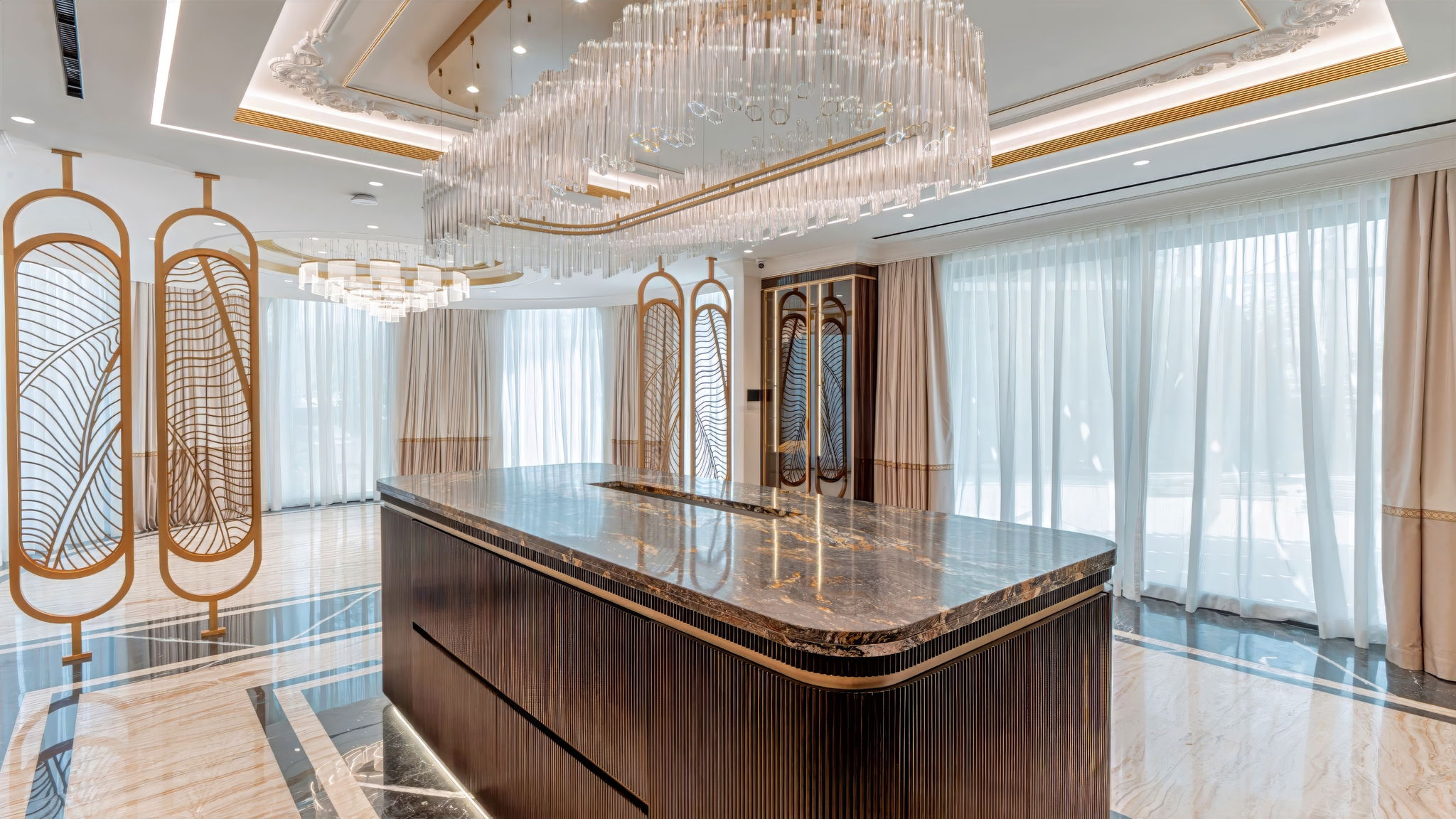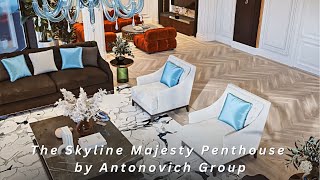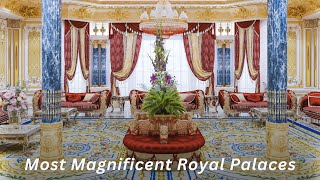
Learn How to Pick the Perfect Living Room Paint
BALANCED AND LOVELY ATMOSPHERE
Neutral colors provide a constant basis for changing color trends. Learn how to utilize neutral colors to give your home a balanced and lovely atmosphere. While often having underlying hues that change depending on the lighting, neutral colors are muted tones that give the impression of being colorless. Neutral colors include beige, taupe, gray, cream, brown, black, and white. While neutral colors are not on the color wheel, they complement primary and secondary hues nicely. Examples of primary colors that may be blended to generate a range of other colors are red, white, and blue. Combining two primary colors yields secondary hues like green (yellow plus blue), orange (yellow plus red), and purple (red plus blue). Neutral hues can have complex tones because mixing various colors creates distinct tints. For instance, greige is a combination of light gray and beige that appears gray under fluorescent illumination and yellow under natural light. ("Natural light" refers to lighting produced from a natural source, such as the sun.)
The basic neutral color options are black, white, brown, and gray, with a variety of shades in between. The numerous types of neutrals are divided down as follows: Black, white, brown, and gray are all considered pure neutrals as they are all fully saturated and free of undertones, making them part of the pure neutral color palette (underlying color). By combining a number of pure neutrals and primary colors, you may change a color's saturation and brightness. A main color and a totally neutral color are combined to create near-neutrals. For instance, to get a nearly neutral hue of tan, mix the pure neutral color brown with the primary color yellow. Near-neutral colors are less saturated than pure neutral tones. These pure neutral tones can be blended with primary colors to create warm and cool neutrals. Whereas cold neutrals like gray, taupe, and white have undertones of blue, purple, or green, warm neutrals like beige, tan, and gold have undertones of yellow, orange, or pink.
Top interior designers in Dubai experiment with emphasis points, depth, saturation, and highlights while employing neutral color palettes to create a variety of visual effects to enhance a living space. Some advantages of employing a neutral color scheme while interior designing in Dubai include the following: You may base your design on neutral tones. When you paint or decorate a space with a neutral color, you may utilize that shade to add accent colors or eye-catching patterns. Vibrant colors used in excess create an oppressive and unpleasant visual experience. A room's neutral colors provide it balance so you may add different styles and decorations. Find out how to incorporate pattern blending into your home's design. Neutrals go well with a variety of colors. Your tastes and fashion sense may vary as the seasons change. A new pattern piece or pair of curtains may easily update the luxury décor Dubai in a room with a neutral color scheme since they are versatile and go well with many different color schemes and design elements. Just add a couple new throw pillows to your couch to completely change the appearance of your living room and bring it more in line with your new aesthetic. Colors that are neutral may be calming. Bright, powerful colors are loud and exciting, whereas neutral paint colors are calming and easy on the eyes. When saturation is low, neutral colors smoothly go from one color to the next. The majority of neutral color schemes also have colors that are similar to those in nature, which makes a living room feel calm and natural. Learn how to choose the ideal paint color for every room in your home.
More projects
We will call you back!
Enter your contact details and our manager will contact you.





















